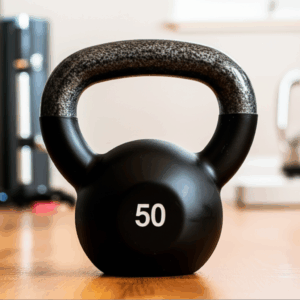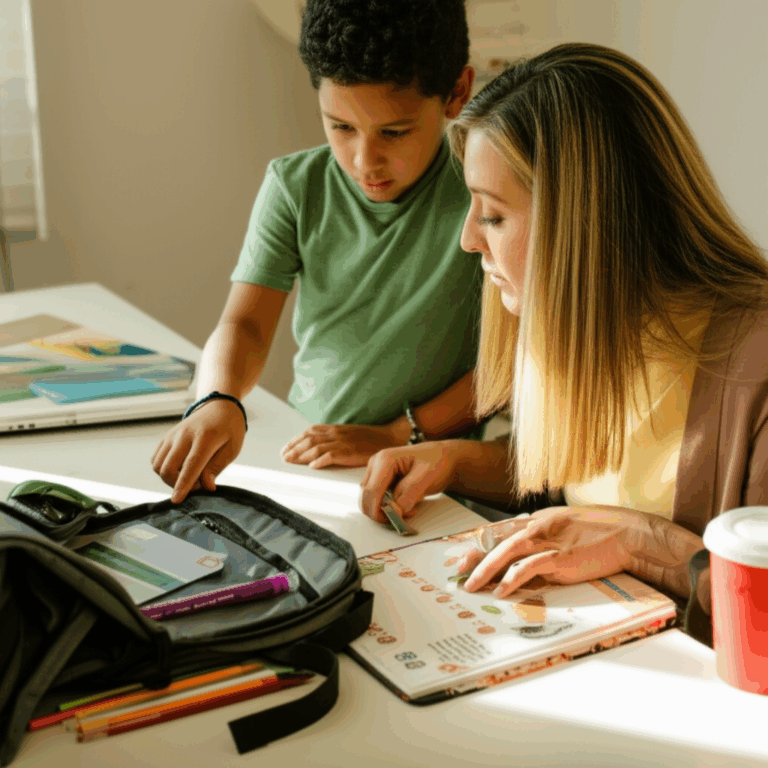As summer’s carefree days fade, the annual return to school brings a mix of excitement and anticipation for students and parents alike. Beyond textbooks and new supplies, prioritizing health and well-being is paramount to ensuring a successful and fulfilling academic year. A healthy back-to-school transition lays the foundation for improved focus, resilience, and overall success in and out of the classroom.

Establishing Essential Routines
The shift from relaxed summer schedules to structured school days can be jarring. Gradually re-establishing routines for sleep, meals, and activities can significantly ease this transition, helping children feel more secure and prepared.
Prioritizing Quality Sleep
Adequate sleep is a cornerstone of children’s health and academic performance. Most school-aged children (6-12 years) require 9 to 12 hours of sleep per night, while teenagers (13-19 years) need 8 to 10 hours. Sleep is crucial for brain development, memory processing, emotional regulation, and immune system function. Sleep deprivation can lead to issues with attention, memory, problem-solving, and can even contribute to hyperactivity, disruptive behavior, and symptoms of depression or anxiety.
To foster healthy sleep habits:
- Consistent Bedtime: Establish a regular bedtime routine and stick to it, even on weekends, gradually adjusting it two weeks before school starts.
- Limit Screen Time: Turn off phones, computers, and other electronic devices at least one to two hours before bedtime to promote better rest.
- Relaxing Activities: Encourage calming activities before bed, such as reading or taking a warm bath or shower.
- Bedroom Environment: Ensure the bedroom is dark, quiet, and cool, free from distracting elements like TVs and games.
Fueling with Nutritious Meals and Snacks
Proper nutrition is vital for a child’s energy, mood, focus, and overall physical and mental growth. Starting the day with a balanced breakfast is crucial for focus and mood balance, and can help prevent excessive hunger later.
- Balanced Breakfasts: Aim for a mix of protein and carbohydrates from whole foods. Options include cereal, hard-boiled eggs, toast with peanut butter, granola with yogurt, or smoothies.
- Healthy Lunches: Pack nutritious lunches that incorporate various food groups: proteins (e.g., roasted chicken, deli turkey, hard-boiled eggs, beans), vegetables (e.g., carrots, bell peppers, celery), fruits (e.g., berries, apples, grapes), and whole grains (e.g., whole-grain bread, brown rice, whole-wheat pasta).
- Smart Snacks: Keep sugary snacks and processed foods to a minimum, opting instead for fruits, vegetables, or whole grains.
- Hydration: Encourage children to drink plenty of water throughout the day. Hydration is essential for energy, concentration, and preventing headaches. Consider a reusable water bottle that your child likes.

Promoting Physical Activity
Children and adolescents aged 6 to 17 years should aim for 60 minutes or more of moderate-to-vigorous physical activity daily. This should include vigorous-intensity activities at least three days a week, along with muscle-strengthening and bone-strengthening activities. Regular physical activity not only promotes physical health, fitness, and healthy weight, but also improves cognition, academic performance, memory, and can reduce symptoms of depression.
- Varied Activities: Encourage a range of age-appropriate and enjoyable activities, such as walking or biking to school, playground activities, sports, swimming, skipping, or dancing.
- Family Activity: Find time for the family to be active together, like taking walks, riding bikes, or playing games outdoors.
- Reduce Sedentary Time: Limit extended periods of inactivity, especially screen time, to no more than two hours daily for children over two years old.

Boosting Immunity and Hygiene
Schools are common breeding grounds for germs. Reinforcing good hygiene habits and ensuring up-to-date vaccinations are crucial for preventing the spread of illness.
Handwashing and Germ Prevention
One of the simplest and most effective ways to prevent illness is proper handwashing.
- Proper Technique: Teach children to wash their hands with soap and water for at least 20 seconds, scrubbing between fingers and under nails. Singing “Happy Birthday” twice can help them time it.
- Key Times: Emphasize washing hands before eating, after using the restroom, and after coughing or sneezing.
- Cough and Sneeze Etiquette: Teach kids to cough or sneeze into a tissue or their elbow, not their hands, and dispose of tissues properly.
- No Sharing: Remind children not to share personal items like water bottles and food to minimize germ transmission.
- Personal Hygiene: Regular bathing or showering, wearing clean clothes daily, and oral hygiene are also important for overall health.
Vaccinations and Check-ups
Ensuring children are up-to-date on their immunizations is critical to protecting them and the wider school community from preventable infectious diseases.
- Routine Vaccines: Common required vaccines include MMR (measles, mumps, rubella), DTaP (diphtheria, tetanus, pertussis), polio, chickenpox (varicella), and Hepatitis B. The annual flu shot is also highly recommended.
- Well-Child Visits: Schedule annual well-child check-ups with a pediatrician to monitor growth, track development, and address any health concerns. These visits can also be an opportunity for sports physicals and discussions about mental health.

Nurturing Mental and Emotional Well-being
The return to school can bring excitement, but also anxiety and stress. Supporting a child’s mental health is as important as their physical health.
- Open Communication: Talk openly with your child about their feelings regarding the upcoming school year. Ask what they are looking forward to and what they might be worried about, and validate their emotions.
- Routine and Predictability: Consistent routines for schoolwork, meals, and sleep can provide a sense of control and reduce anxiety.
- Address Concerns: Be attentive to signs of anxiety or depression, such as changes in mood, appetite, sleep disturbances, or withdrawal. Don’t hesitate to reach out to teachers, school counselors, or pediatricians for support if concerns arise.
- Model Coping Skills: Parents can model healthy emotional expression and coping strategies for stress, such as naming emotions and sharing ways they manage their own stress.

Backpack Safety and Ergonomics
A properly chosen and packed backpack is essential to prevent strain and injury.
- Weight Limit: Doctors recommend that a child’s backpack should weigh no more than 10-15% of their body weight.
- Ergonomic Design: Choose backpacks with two padded shoulder straps, a padded back panel, and ideally a chest or waist strap to distribute weight evenly.
- Proper Wearing: Encourage children to wear both shoulder straps, rather than slinging the backpack over one shoulder, to balance the weight.
- Organization: Look for backpacks with multiple compartments to help organize contents and keep heavier items closer to the back.
By focusing on these key areas—establishing healthy routines, ensuring proper nutrition, promoting physical activity, practicing good hygiene and staying current on vaccinations, and nurturing mental well-being—families can equip children for a healthy, happy, and successful academic year.







